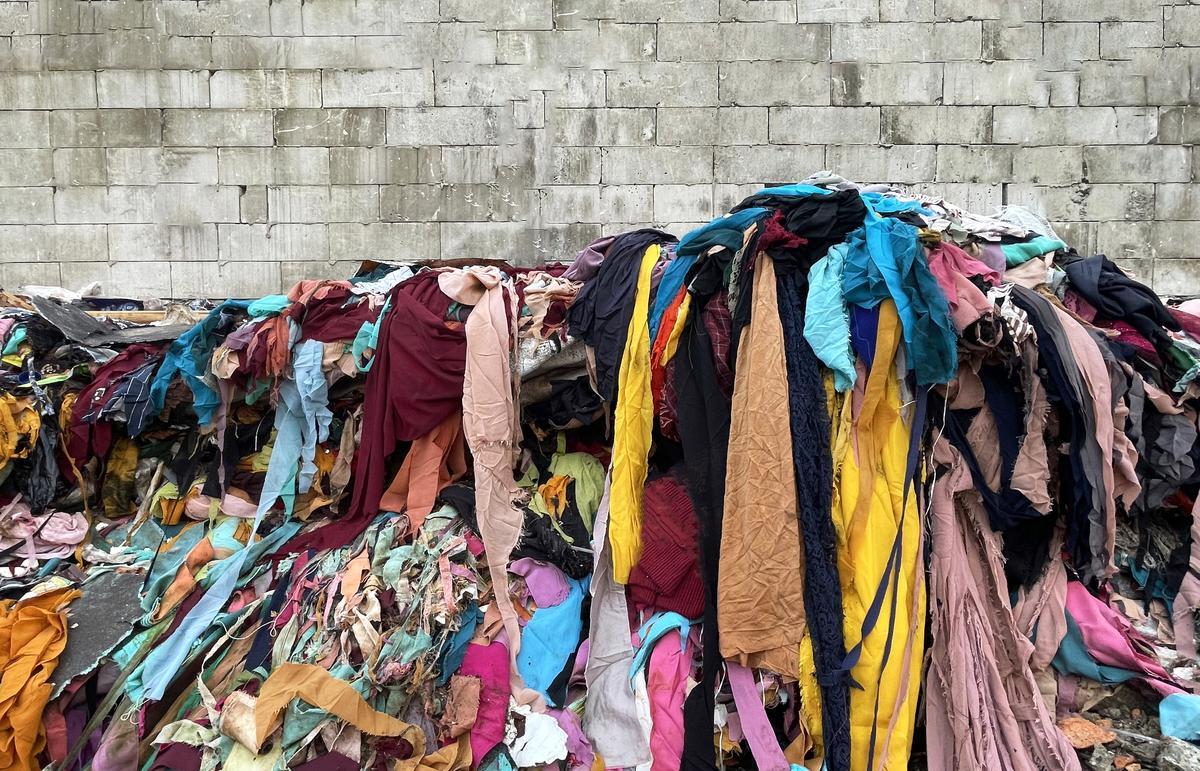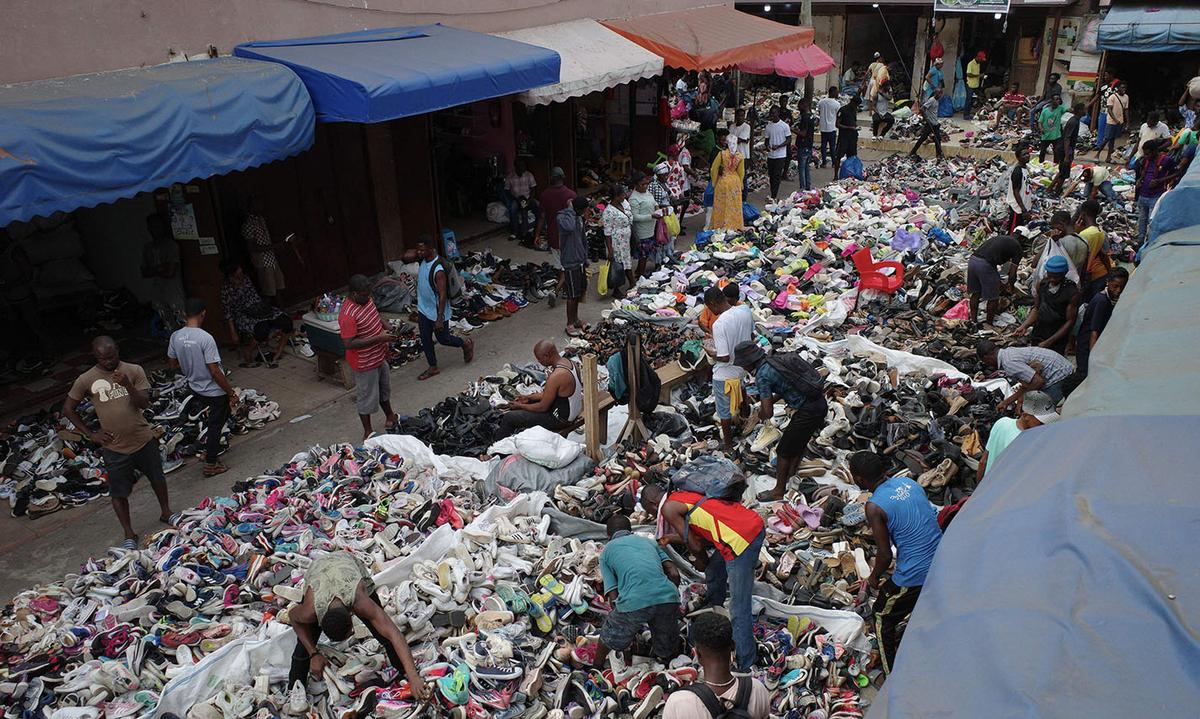Fashion is a part of our lives, we breathe it every day. Look around, and you’ll find garment stores everywhere: from small roadside stalls to giant malls, from local shops to global brands. Fashion never goes out of trend. But have you heard of the term fast fashion? Let’s find out what it means.
What is fast fashion
Fast fashion is often linked to sustainability and environmental concerns. It refers to clothing that is mass-produced quickly to keep up with the latest trends. The goal? To get new designs from the runway to your wardrobe in record time, at the lowest possible cost.
To meet this growing demand, the fashion industry churns out massive quantities of garments at extremely low prices. Brands race against time to launch new collections before their competitors, creating a never-ending cycle of production and consumption.
This trend gained momentum with globalisation and the boom of e-commerce. Social media influencers, online shopping, and instant style updates have fuelled the demand for fresh collections almost every week, making fast fashion a global phenomenon.

Close up of lGarment Factory Waste
| Photo Credit:
Wokephoto17
How it evolved
Fashion has come a long way. In the past, new collections arrived only with the change of seasons, spring, summer, autumn, and winter. Designers would showcase their work, and that single collection set the trend for months.
But things changed as people began craving more variety. With the rise of technology and the explosion of social media, fashion trends started spreading as fast as the internet. To keep up, brands began producing new styles at breakneck speed, turning fashion into a constant cycle of “what’s next?”

Fast fashion waste at landfill
| Photo Credit:
Wokephoto17
How is it harming the environment
The fashion industry is responsible for about 8-10% of global carbon emissions and nearly 20% of the world’s wastewater. But how does a simple T-shirt or pair of jeans cause so much harm?
Fast fashion depends on resource-intensive processes. From growing raw materials to manufacturing and global transportation, every step consumes massive energy and resources. These processes release greenhouse gases, pollute water, and strain natural ecosystems.
What makes it worse? Most fast-fashion clothes aren’t built to last. Shoppers often wear them just a few times before discarding them. With trends changing almost every week, clothes pile up in landfills, creating an environmental nightmare.
Fashion’s dirty footprint
Water pollution and overuse: Dyeing and finishing fabrics require huge amounts of water and use toxic chemicals. Wastewater from factories often flows into rivers, poisoning aquatic life and contaminating drinking sources.
Carbon emissions: From growing cotton to manufacturing and shipping, the fashion supply chain uses fossil-fuel-heavy energy sources. This industry emits more CO₂ than international flights and maritime shipping combined.
Microplastic pollution: Many fast-fashion garments are made of synthetic fibers like polyester, nylon, and acrylic. Every wash releases thousands of microplastic fibers into water bodies, harming marine life and entering the food chain.
Landfill crisis: Most fast-fashion clothes are low-quality and trend-driven, leading to short usage. Over 92 million tonnes of textile waste ends up in landfills globally each year, taking decades to decompose.
Resource depletion: Producing a single cotton T-shirt requires about 2,700 liters of water—enough for one person to drink for 900 days. The race to produce cheap garments leads to soil degradation and excessive pesticide use in cotton farming.
Many people assume cotton is an eco-friendly choice, but cotton farming is resource-hungry. It depletes soil nutrients, relies heavily on pesticides, and demands huge quantities of water, damaging ecosystems and reducing land fertility over time. If this cycle continues, the fashion industry alone could consume a quarter of the world’s carbon budget by 2050, according to a study by the Ellen MacArthur Foundation.
Can we stop it?
Yes, but it needs action from both the fashion industry and consumers like us. Choosing quality over quantity, reusing and repairing clothes, and donating or swapping instead of throwing away can make a big difference.
Thrifting and buying pre-loved outfits reduce the demand for new production, while supporting sustainable brands encourages ethical practices. Even small steps, like washing clothes less often and in cold water, help cut down on microplastic pollution and water waste.
Big brands are slowly shifting to circular fashion models, and governments are introducing regulations, but real change starts with us. Every purchase we make is a choice, so before buying that trendy outfit, ask yourself: do I really need it, or will the planet pay the price?

Traders spread out secondhand clothes for sale at the Kantamanto market in Accra, Ghana
| Photo Credit:
NIPAH DENNIS
Global trash
Ghana (Accra)
The Kantamanto Market in Accra, one of the world’s largest hubs for secondhand clothing, receives tonnes of used clothing each year from Western and East Asian countries. While some garments find a second life, a huge portion can’t be resold. These leftovers often end up in landfills or wash into beaches, wetlands, and even protected wildlife zones, creating a mounting environmental crisis.
Chile (Atacama Desert)
In Chile’s Atacama Desert, one of the driest places on Earth, mountains of fast-fashion waste have taken over parts of the iconic landscape. Unwanted garments from across the globe are dumped here in staggering amounts, earning the region the grim nickname of a “fashion garbage patch.”
Published – September 14, 2025 12:00 pm IST